K128D-B
$180.00 – $265.00Price range: $180.00 through $265.00
128 String Differential Output Cape for BeagleBone
What is it?
The K128D-B is a cape for the BeagleBone Black designed to drive ws2811 LED pixels via long range differential receivers. It has 32 RJ45 differential ports that can output 128 strings of pixel data. It also has a two UART based differential outputs for driving DMX, Renard, LOR, PixelNet, etc….
The 32 RJ45 ports provide the ability to drive a ws2811 pixel differential receiver boards. Each port can drive standard differential receivers or can be configured to use either v1 or v2 SmartReceivers. Using v2 protocol, 6 smart receivers can be chained off of each of the 32 outputs. All ports can be configured to output as many pixels as the ws281x spec allows, 800 for 40fps, 1600 for 20fps. HOWEVER, the single core AM3358 processor on the Beaglebone Black cannot process 102,400 pixels (128*800) at 40fps. It will max out at around 80,000 pixels, fewer if the onboard audio is being used. The 80K pixels can be dived anyway you want over the 128 ports. There are no “banks” or similar.
For end-user usability, it provides a Real Time Clock, temperature sensors, a header for an OLED display, and four push buttons for navigating menus on the display.
The K128A-B also has an on-board, high quality DAC chip for providing sound.
It also has two extra headers for additional functionality. One header provides access to the I2C bus and 8 GPIO pins for additional push buttons or other triggers a user may need. The other header provides a mounting point for an optional Si4713 based FM transmitter.
NOTE: The optional FM transmitter will NOT come with any sort of antenna attached. The user will need to create a suitable antenna (a simple 75cm wire will work for most cases) and solder it to the transmitter.
The FM transmitter requires the Si4713/VAST-FM FPP Plugin to be installed in order to configure and enable the the FM transmission.
The K128D-B must be powered by an external 5V power supply through the screw terminals on the board.
Technical details: Both the DMX and ws2811 protocols are extremely timing dependent and are generally not drivable via a general purpose Linux CPU. The FPP software uses the two semi real-time PRU’s available on the PocketBeagle to handle the protocol specific timings. Using the PRU’s also allows the main CPU to be free for other things such as network IO.
You WILL need:
- ws2811 pixels
- Differential receiver boards
- A good quality SD card with the latest FPP 6.1 or newer image installed on it. The latest FPP image can always be found at https://github.com/FalconChristmas/fpp/releases
- A BeagleBone Black, BeagleBone Black Wireless, BeagleBone Green, or SanCloud BeagleBone enhanced.
- A 5V power supply that can output at least 4A(20W).
| Weight | 18 oz |
|---|---|
| Dimensions | 10 × 8 × 3 in |
| SD Card with FPP Installed | 32G, None |
Be the first to review “K128D-B” Cancel reply
You must be logged in to post a review.
Related products
BeagleBone
BeagleBone
BeagleBone
Controllers
BeagleBone
BeagleBone
BeagleBone
BeagleBone

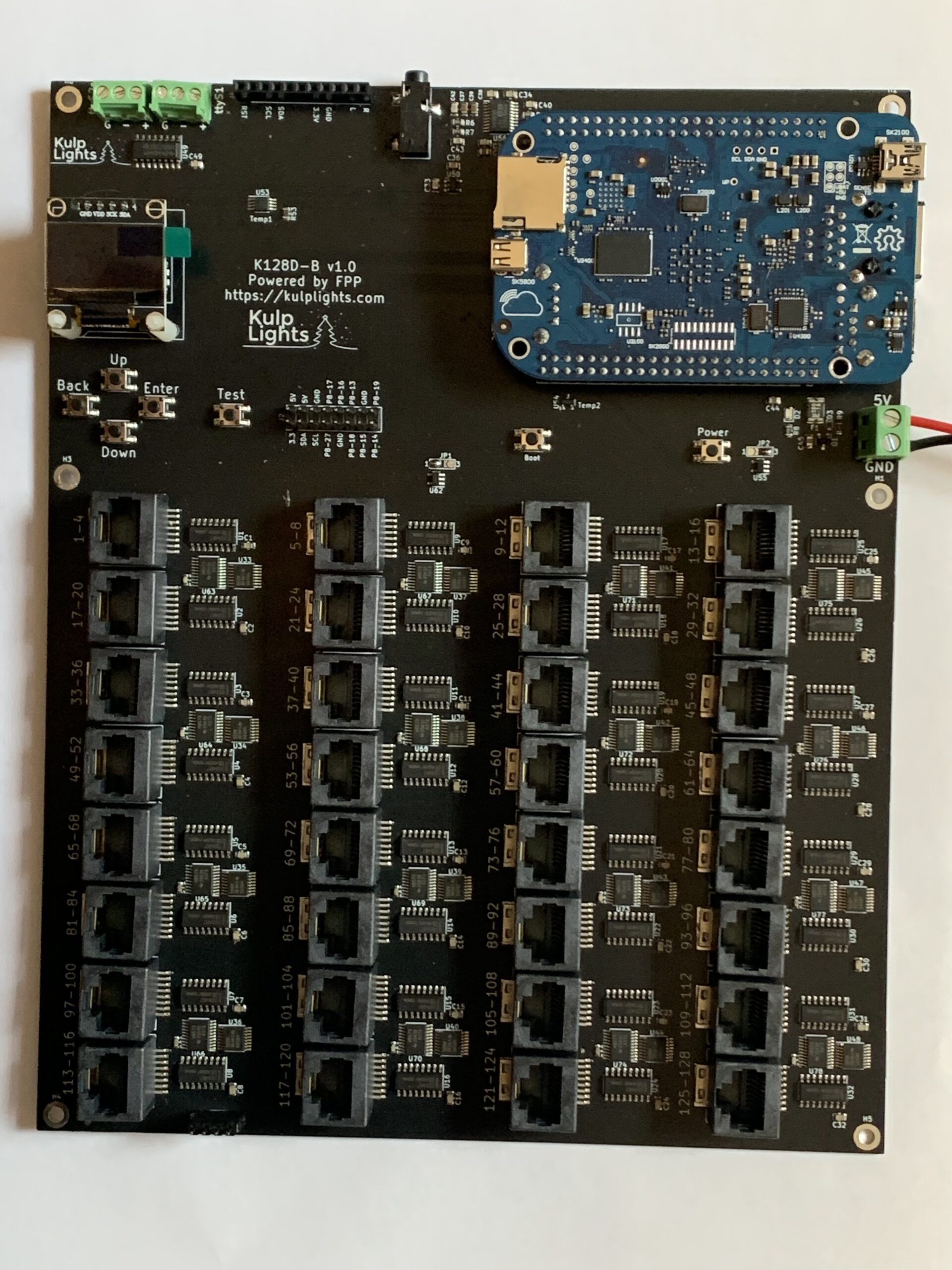
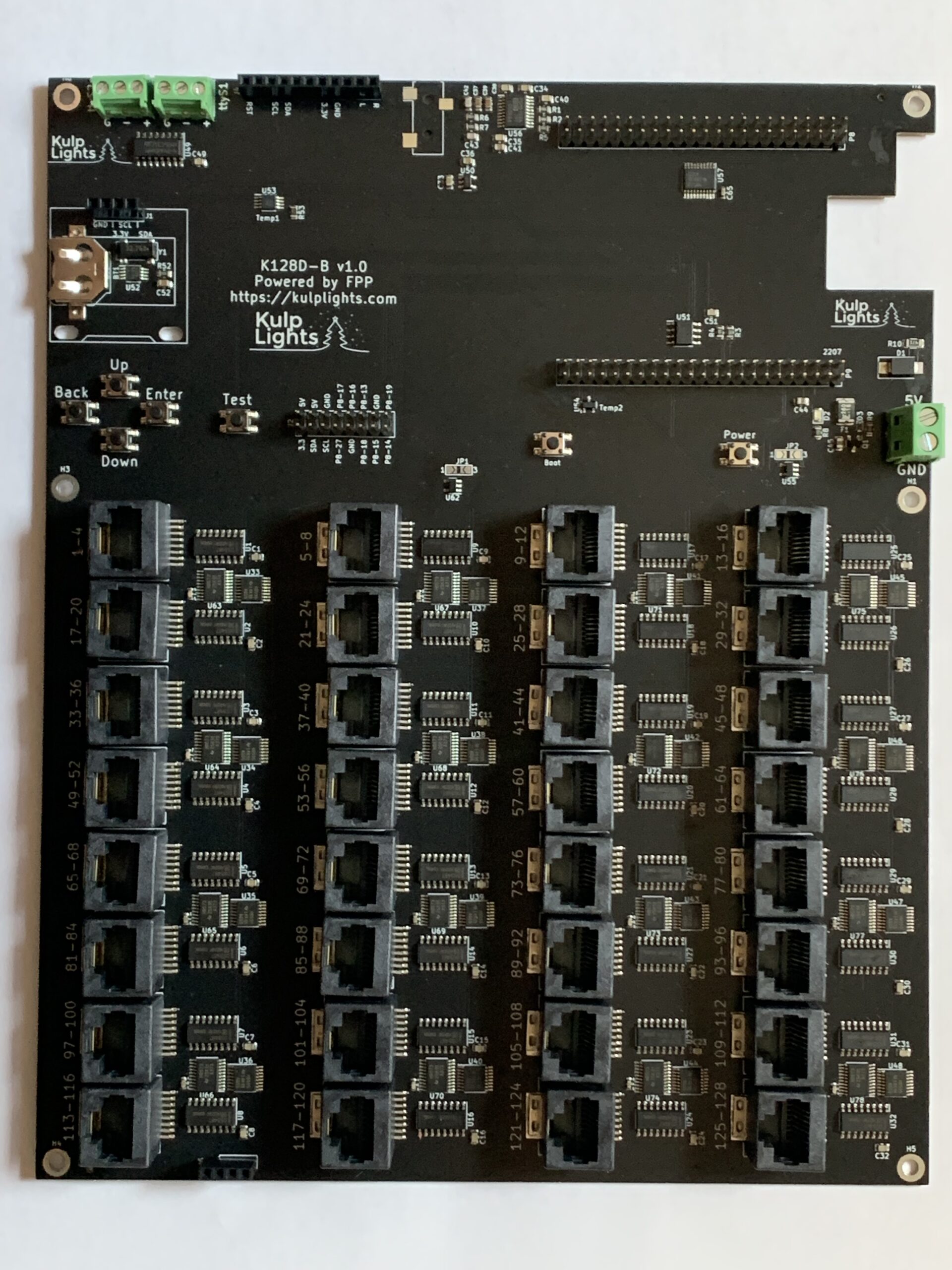
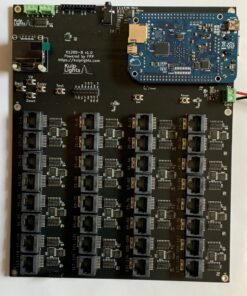
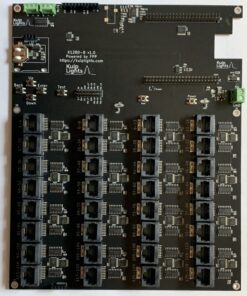
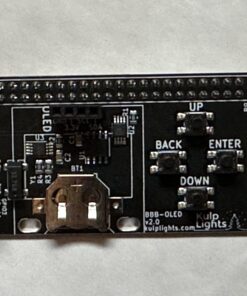

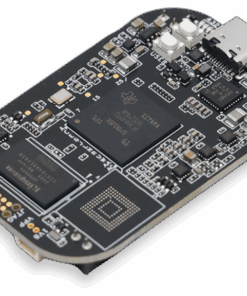
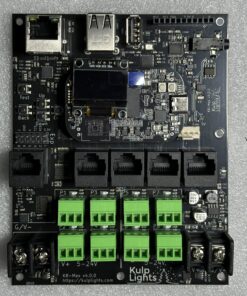

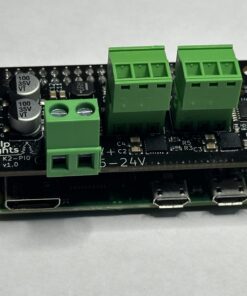
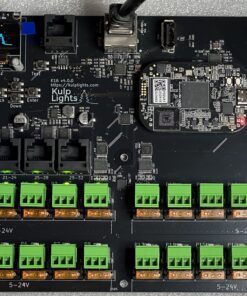
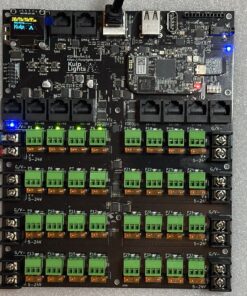
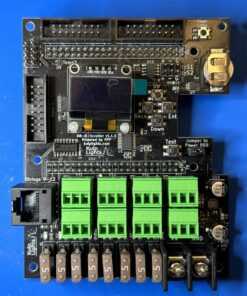
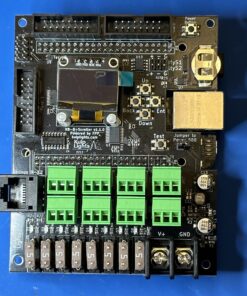
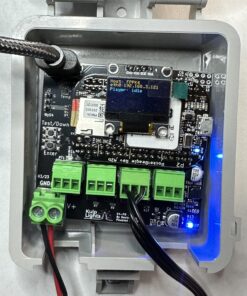
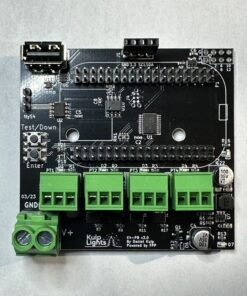
Reviews
There are no reviews yet.